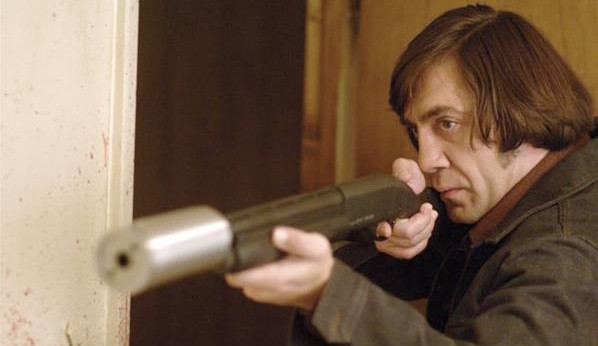
Before getting into this list, it’s key to explain and clarify what we mean by silence. In this case, silence is not precisely the absence of sound or noise, but the bare minimal use of overly composed scores, sound effects, and commercially used music.
A scene that uses silence to amplify tension is a scene that mostly relies on its context and pure visual imagery to induce a sense of suspense onto its audience. It’s a scene that doesn’t rely on a gimmick and a cheap thrill, like most horror films nowadays, where the only fear comes from the so called “jump scare”, (i.e. a cheap, easy, and sadly, an almost entirely successful way to create “fear”).
The thing is, the word itself has been fractured through time; a film is not scary because of how good it is at a jump scare, a film is actually scary for how good it is at prolonging fear, for how long you are really afraid of what’s happening – not a half-second jump scare.
Just a note, the list is not purely about horror movies. Dramas and thrillers, amongst others, can use silence with acute precision to create the same tension as horror.
10. Red State
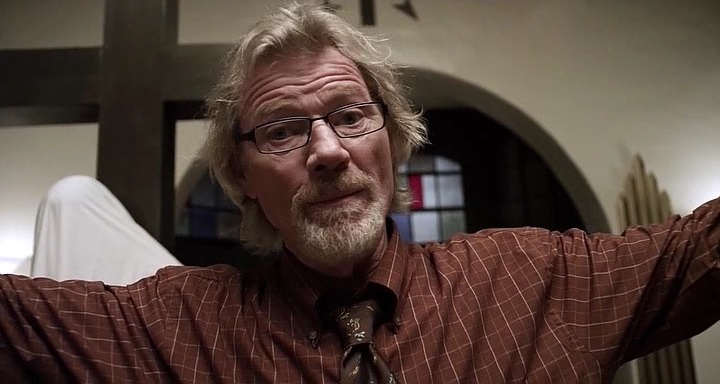
Kevin Smith’s unexpected detour is not at all what you would expect if you are a “Clerks” or Jay and Silent Bob fan. If you are more into the anomalies and atrocities of the Westboro Baptist Church, well, then you should pay close attention to this hidden gem. There is something about religion that induces fear; not necessarily punishment after death, but more about fanatics and extremism inside its own cult.
“Red State” thrills by inducing fear from the unknown. After a group of friends are lured in as catfish through a misleading Internet ad, they are kidnapped and held at the fictional Five Points Trinity Church.
Being held in animal cages, small enough that being in a fetal position is the only way to fit, is not your ideal way of being kidnapped (not that there is an ideal way).
A sheet lying over the cage renders the main characters blinded from the unknown, and thus sound is their only sensorial resource. When the only thing you can listen to is a passive-aggressive, yet ultra charismatic, conservative and violent speech by the Pastor Abin Cooper (played by Michael Parks, and possibly based on Fred Phelps), while being held in a secluded church by religious extremists who resort to violence and murder as a way of salvation and peace with God, you know you are in a scenario with an almost zero percent survival rate.
Fantasize about listening to that while your incumbent death is approaching and that doesn’t sound very promising.
9. Hush
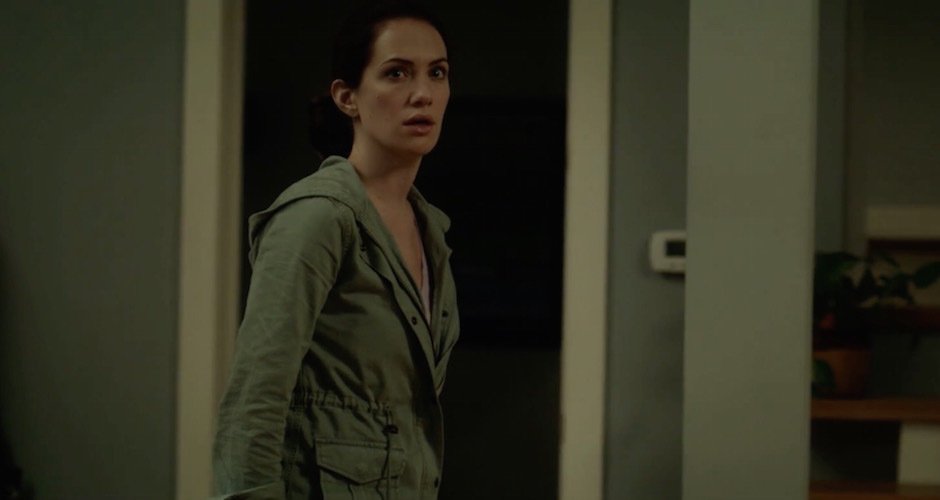
“Hush” is a hidden indie film on Netflix that might surprise you more than you’d think. Made for a budget under a $1M but never feeling cheap, “Hush” almost always succeeds. The plot and premise are the definition of why this film is on the list. A deaf woman who’s the victim of a home invasion in a cabin in the woods – no reference intended.
What’s the best way of showing the point of view of a deaf woman? Look at the Japan storyline from “Babel” as an example, where the deaf protagonist visits a club and its editing juxtaposes from loud electronica music to her POV of pure silence.
“Hush” plays with a similar concept, yet is still a very different situation. How can you save yourself from a perpetrator, where you can’t hear him but only see him? This is the reason why “Hush” is powerful on different levels, and the way director Mike Flanagan plays the victim’s disabilities to her advantage is quite thrilling to perceive.
8. Panic Room
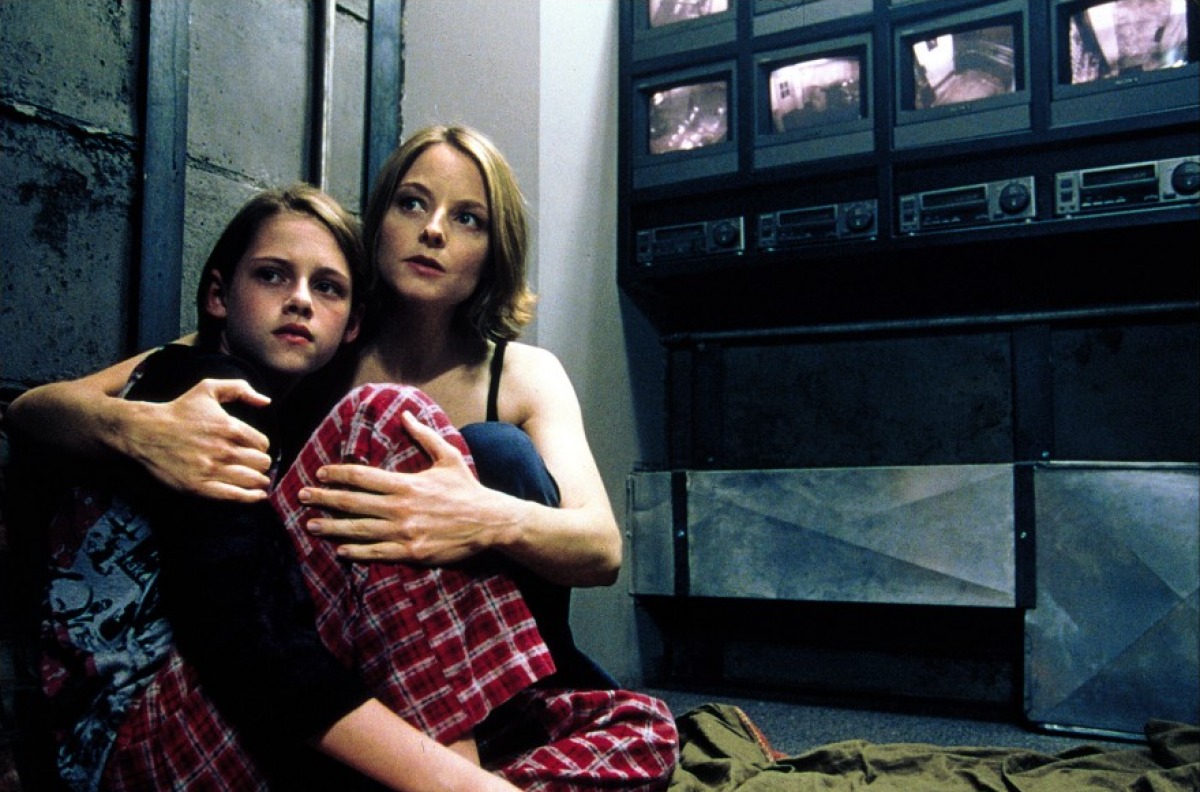
This is David Fincher’s fourth film, because counting “Alien 3” as a Fincher film is like blasphemy toward the director himself.
One of the better home invasion films, “Panic Room” succeeds on many levels. Yes, Jodie Foster and a young Kristen Stewart were both great and even riff-raffed Jared Leto and Forest Whitaker delivered the goods.
A prominent characteristic in Fincher’s “Panic Room” is the absence of music throughout its most suspenseful moments, letting sound design and foley play in as key elements, making the fall of a night lamp racing against the imminent draw of attention from the perpetrators twice as suspenseful as an overly composed score.
Instead of the latter, the use of slow motion for a variety of shots of main character Meg Altman, juxtaposed with the nervous antagonists trying to apprehend her, slows the suspense down but paradoxically builds the tension up, thus creating a prolonged version of this effect.
The prominent use of video surveillance not only reflects one of the first 21st century examples of a monitored society, but also heightens the phenomenon mentioned above in different ways. By only being able to see, but not be capable of listening to the perpetrators inside one’s apartment, forces the victim to analyze every physical cue against their safety.
A similar effect, but in reverse, plays against the perpetrators, where they are only able to listen to the victim through a public announcement system, but not capable of seeing their movements against their plan.
7. Gravity
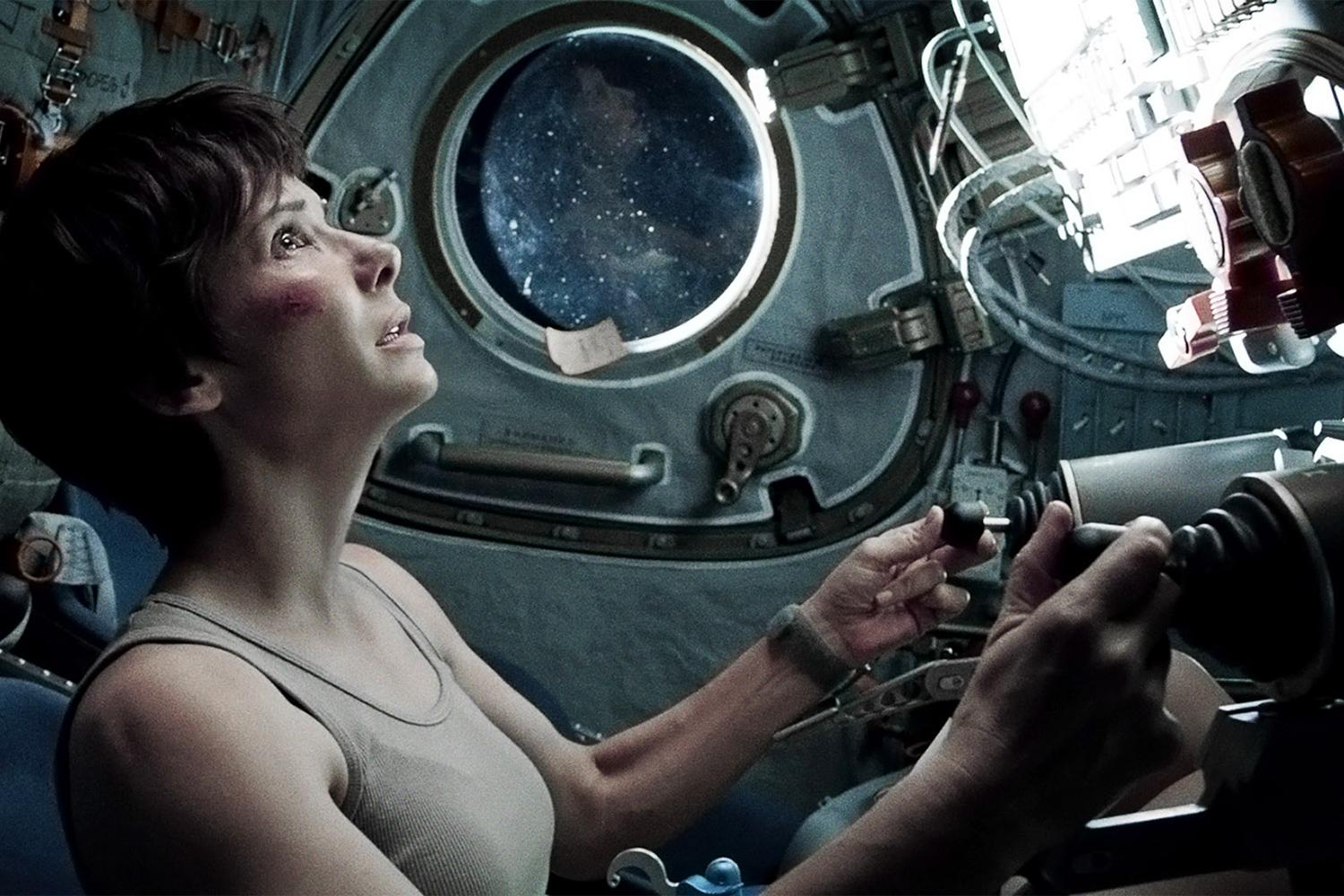
“Gravity” is a horror movie.
Anywhere is better than having an accident in outer space. Almost anywhere else, you can cry for help. In space, literally no one will hear you; it is physically impossible for sound to be emitted, since there is an absence of molecules for audio vibrations to move through.
Although “Gravity” is greatly carried by a meticulously well-crafted sound design, it still plays along with this obscure abnormality of silence in space. There are a few moments where director Alfonso Cuarón clearly emphasizes the complete and utter absence of noise, combined with the pure urge of surviving, without anyone to hear you.
These moments are played in extreme silence, and only but a few sighs of breath and screams from inside the suit are the only thing you can hear.
6. The Hurt Locker
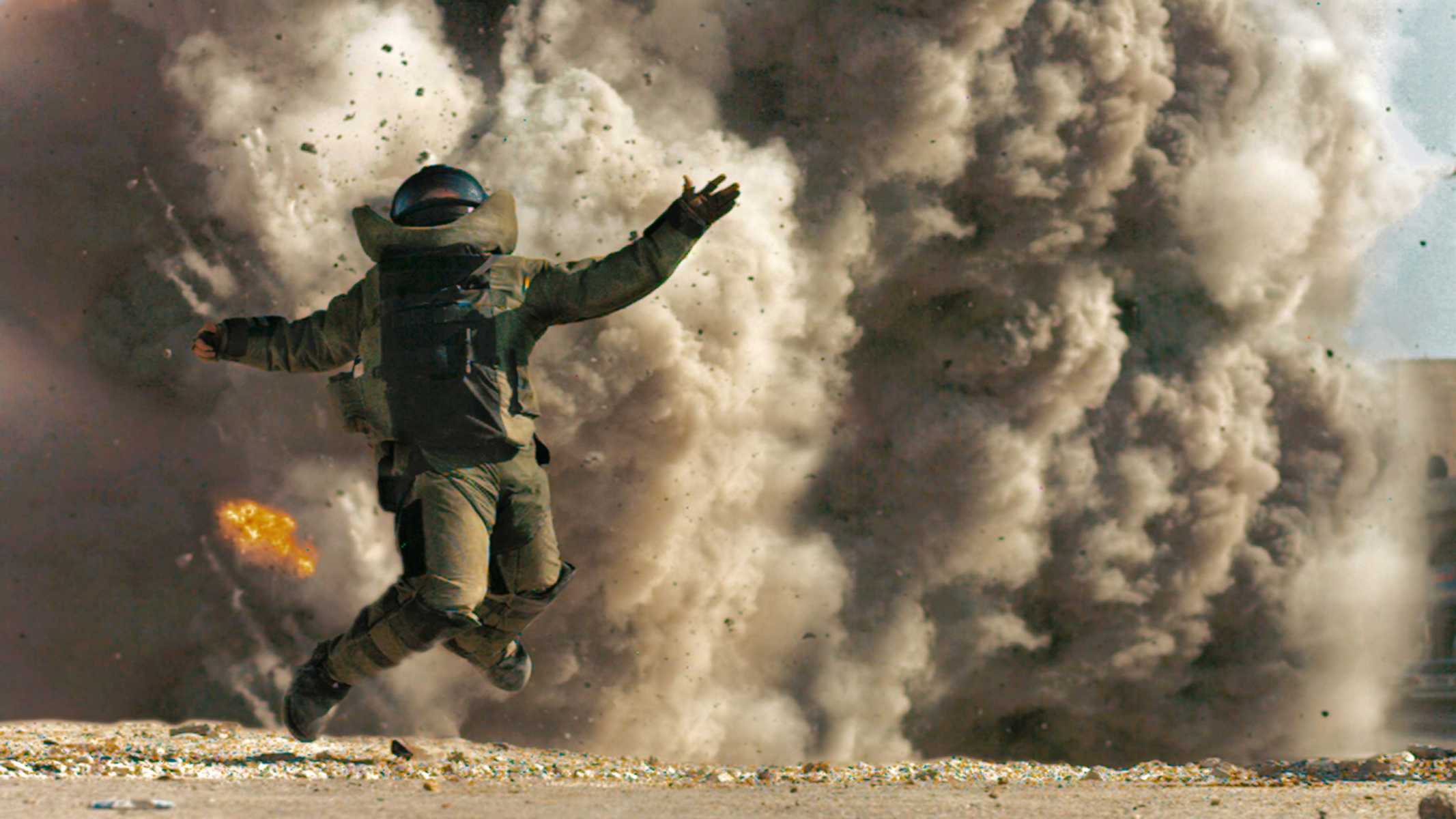
This is considered one of the more original war films of the 21st century, specifically because it wasn’t about World War II or Vietnam. Kathryn Bigelow’s “The Hurt Locker” is gripping, tense, terrifying, and most importantly, extremely realistic. Its realism comes in part due to Jeremy Renner’s honest and grounded performance, but its cinematography, setting, script, and editing also play a big part on its amplified realism.
An interesting characteristic to highlight is its minimal use of music, unlike its illegitimate sequel “American Sniper”, where every suspenseful moment was carried by an overly mixed and loud score, which dominated over screams, conversations, raids, and even gun shots. “The Hurt Locker” performed the exact opposite by being fully silent in a desolated place like the middle of the desert (almost in real-time), which simply adds more to the scene. This is a prime example where less is more.